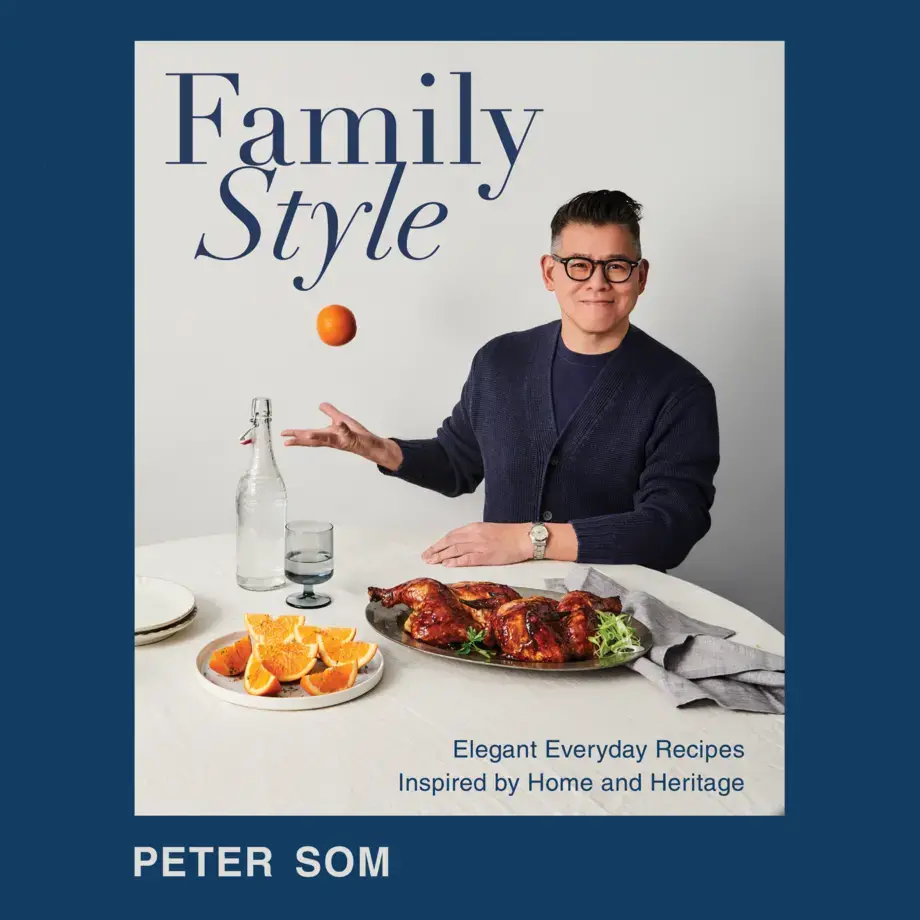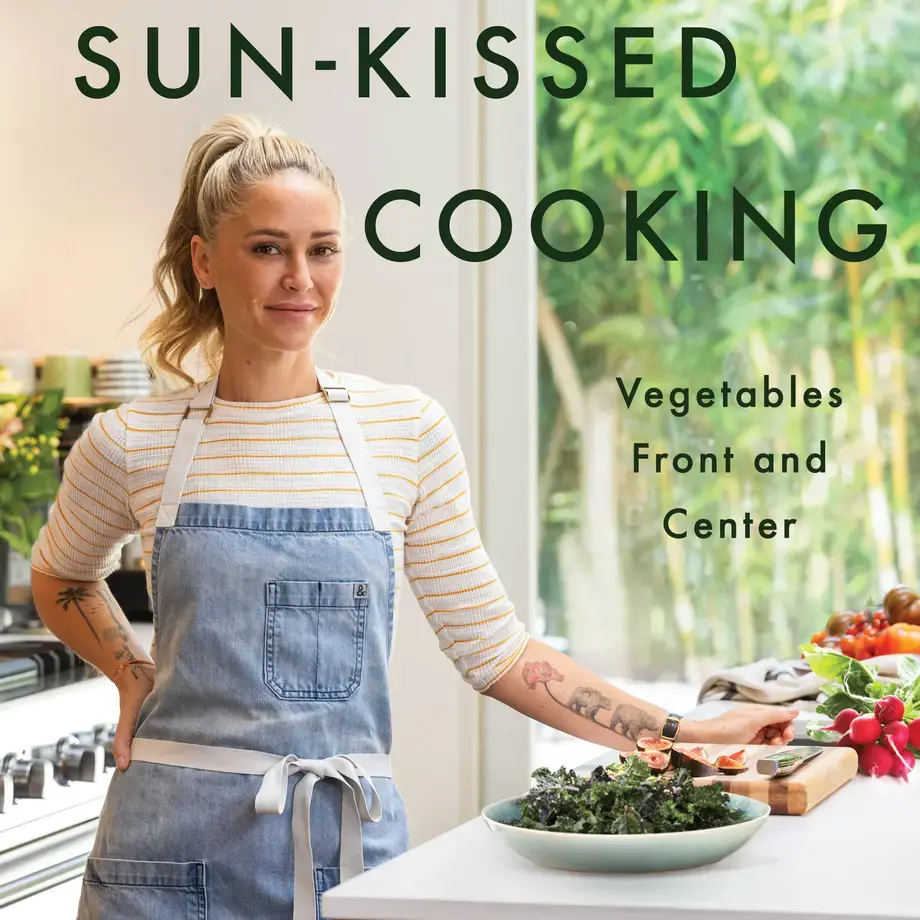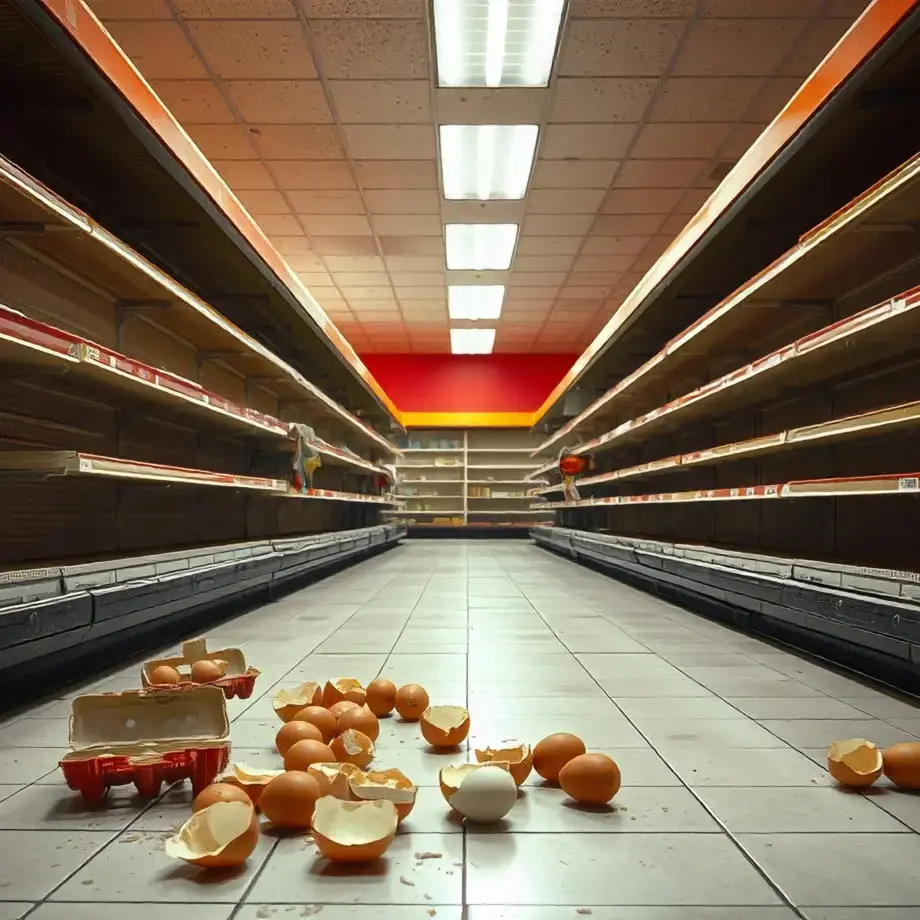Sarah Wyndham Lewis
7 tips for what to look out for when buying honey
“Honey is, shockingly, one of the most widely counterfeit food products in the world,” warns Wyndham Lewis. “Honey laundering is taking place on a massive scale and is mostly unregulated.”
Fake honey, mostly imported from China, bypasses import laws. Much of the stuff found on supermarket shelves is typically the boiled-down accumulation from thousands of unknown bee colonies of unspecified origin. All of the distinctive flavour and nutrients will have been cooked out into a sweet syrup which is likely to only have a small amount of actual honey from honey bees. It will have been adulterated with high-fructose corn syrup. Such stuff masquerading as ‘honey’ is pushing independent beekeepers to the point of financial collapse. Based on predictions by European Farm Unions Copa-Cogeca, Wyndham Lewis estimates that more than 10 million hives risk being lost from Europe’s agricultural system.
1. Never buy “blended honey”: always read the small print, if it says “blend of..” put it straight back. “There is never a good reason to blend honey,” says Wyndham Lewis.
2. If the label says “product of more than one country outside the EU” for example, this is a stark warning to leave the stuff alone.
3. Avoid buying honey in supermarkets: a great deal of what is on the shelf will not be authentic.
4. Always be 100% clear about who and where the producer is. This should be stated on the jar. Look them up online and see what they say about their honey, their bees and their production method before purchasing.
5. If possible, buy direct from beekeepers. They will often sell in local farmers' markets.
6. Otherwise buy from a local trusted deli or health food store. Ask the retailer where their honey comes from. They should be buying directly from the beekeeper rather than a random wholesaler.
7. Look for ‘raw honey’ which uses only artisanal production methods. It is hand extracted, cold spun out of its comb, and coarse filtered only to remove excess wax before being poured into a honey bucket or jar. This is the basis of traditional, artisanal honey production and ensures that all of the natural, distinctive character of honey that reflects all its terroir and floral origins is preserved and its nutritional components remain intact.
As Wyndham Lewis explains: “Big honey companies or ‘packers’ the world over, who buy in cheap, anonymous global honeys, blend them together at extremely high heats as that is the only way to bring different honeys together. The packers describe this as ‘pasteurisation’, a weaselly term borrowed from dairy production because consumers are already familiar with the word and will unquestioningly just accept it as a good thing.
“Yet, raw honey does not require pasteurisation to make it ‘safe’. It is a perfect, whole natural substance, naturally sterile because it is a sugar supersaturate, so no microorganisms can grow in it as long as the natural moisture water content remains at or below 20%. Honey is regarded by food safety regulators as one of the safest foodstuffs around.”
















